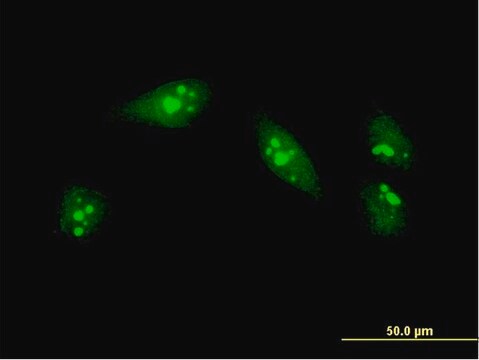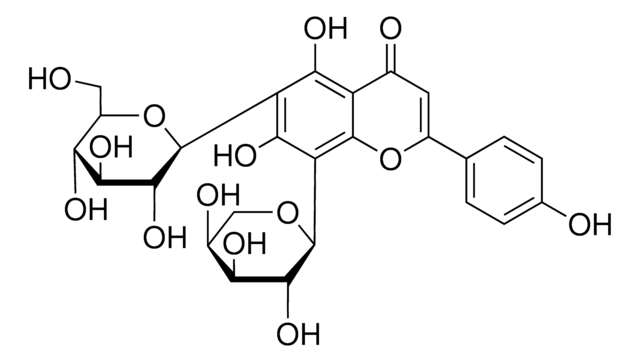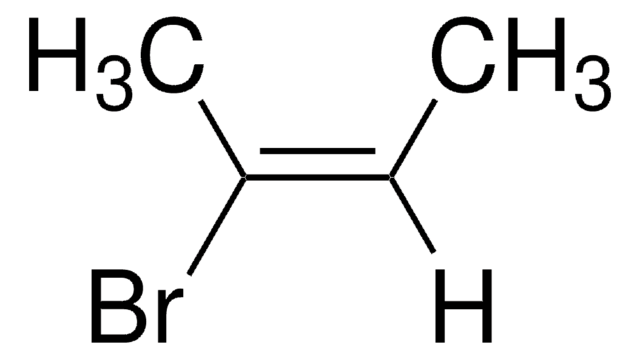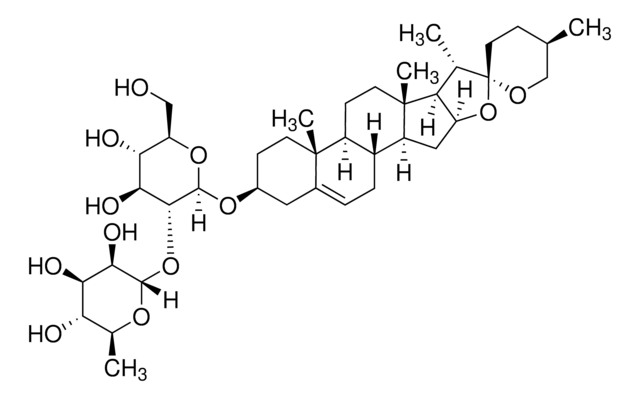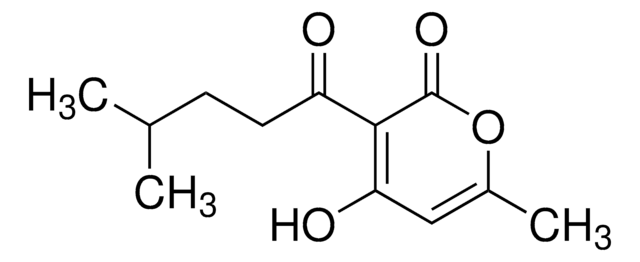MAB3319
Przeciwciało anty-MMP-14, domena katalityczna, klon 114-6G6
clone 114-6G6, Chemicon®, from mouse
Synonim(y):
MT1-MMP
About This Item
Polecane produkty
pochodzenie biologiczne
mouse
Poziom jakości
forma przeciwciała
purified immunoglobulin
rodzaj przeciwciała
primary antibodies
klon
114-6G6, monoclonal
reaktywność gatunkowa
human
spodziewany brak reakcji z
pig, rat, mouse
producent / nazwa handlowa
Chemicon®
metody
ELISA: suitable
immunohistochemistry: suitable (paraffin)
western blot: suitable
izotyp
IgG1κ
numer dostępu NCBI
numer dostępu UniProt
Warunki transportu
dry ice
docelowa modyfikacja potranslacyjna
unmodified
informacje o genach
human ... MMP14(4323)
Specyficzność
Immunogen
Zastosowanie
Immunohistochemia na skrawkach tkanek zatopionych w parafinie, stosować w stężeniu 20 μg / ml (patrz Ueno i in., 1997; Nakamura i in., 1999). Wymaga utrwalacza okresowo-lizynowo-paraformaldehydowego (Namura i in., 1999) przez 18-24 godz. w temperaturze 4°C.
EIA Optymalne rozcieńczenia robocze muszą być określone przez użytkownika końcowego.
Cell Structure
MMPs & TIMPs
Postać fizyczna
Przechowywanie i stabilność
Inne uwagi
Informacje prawne
Oświadczenie o zrzeczeniu się odpowiedzialności
Unless otherwise stated in our catalog or other company documentation accompanying the product(s), our products are intended for research use only and are not to be used for any other purpose, which includes but is not limited to, unauthorized commercial uses, in vitro diagnostic uses, ex vivo or in vivo therapeutic uses or any type of consumption or application to humans or animals.
Nie możesz znaleźć właściwego produktu?
Wypróbuj nasz Narzędzie selektora produktów.
polecane
Kod klasy składowania
12 - Non Combustible Liquids
Klasa zagrożenia wodnego (WGK)
WGK 2
Temperatura zapłonu (°F)
Not applicable
Temperatura zapłonu (°C)
Not applicable
Certyfikaty analizy (CoA)
Poszukaj Certyfikaty analizy (CoA), wpisując numer partii/serii produktów. Numery serii i partii można znaleźć na etykiecie produktu po słowach „seria” lub „partia”.
Masz już ten produkt?
Dokumenty związane z niedawno zakupionymi produktami zostały zamieszczone w Bibliotece dokumentów.
Nasz zespół naukowców ma doświadczenie we wszystkich obszarach badań, w tym w naukach przyrodniczych, materiałoznawstwie, syntezie chemicznej, chromatografii, analityce i wielu innych dziedzinach.
Skontaktuj się z zespołem ds. pomocy technicznej
